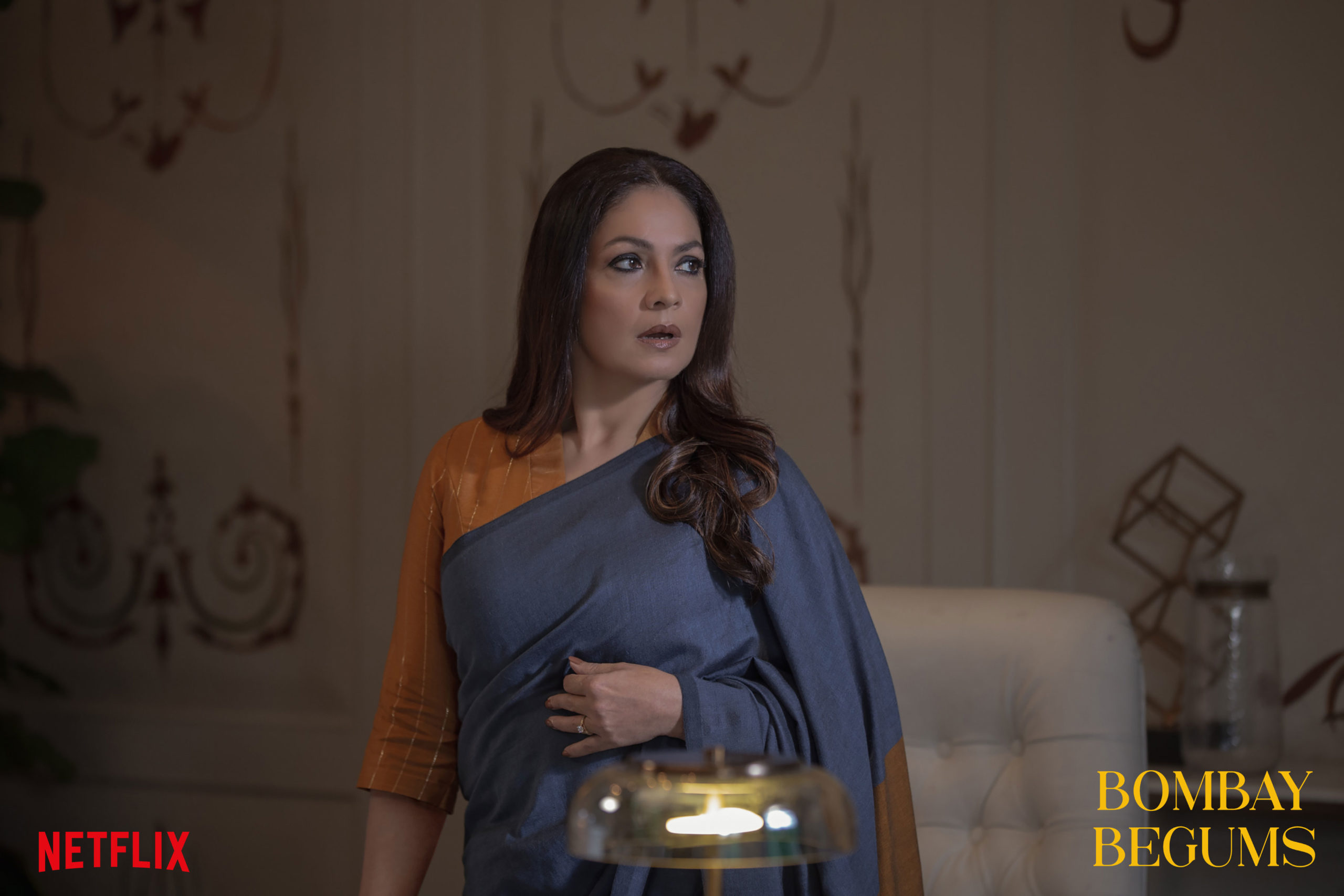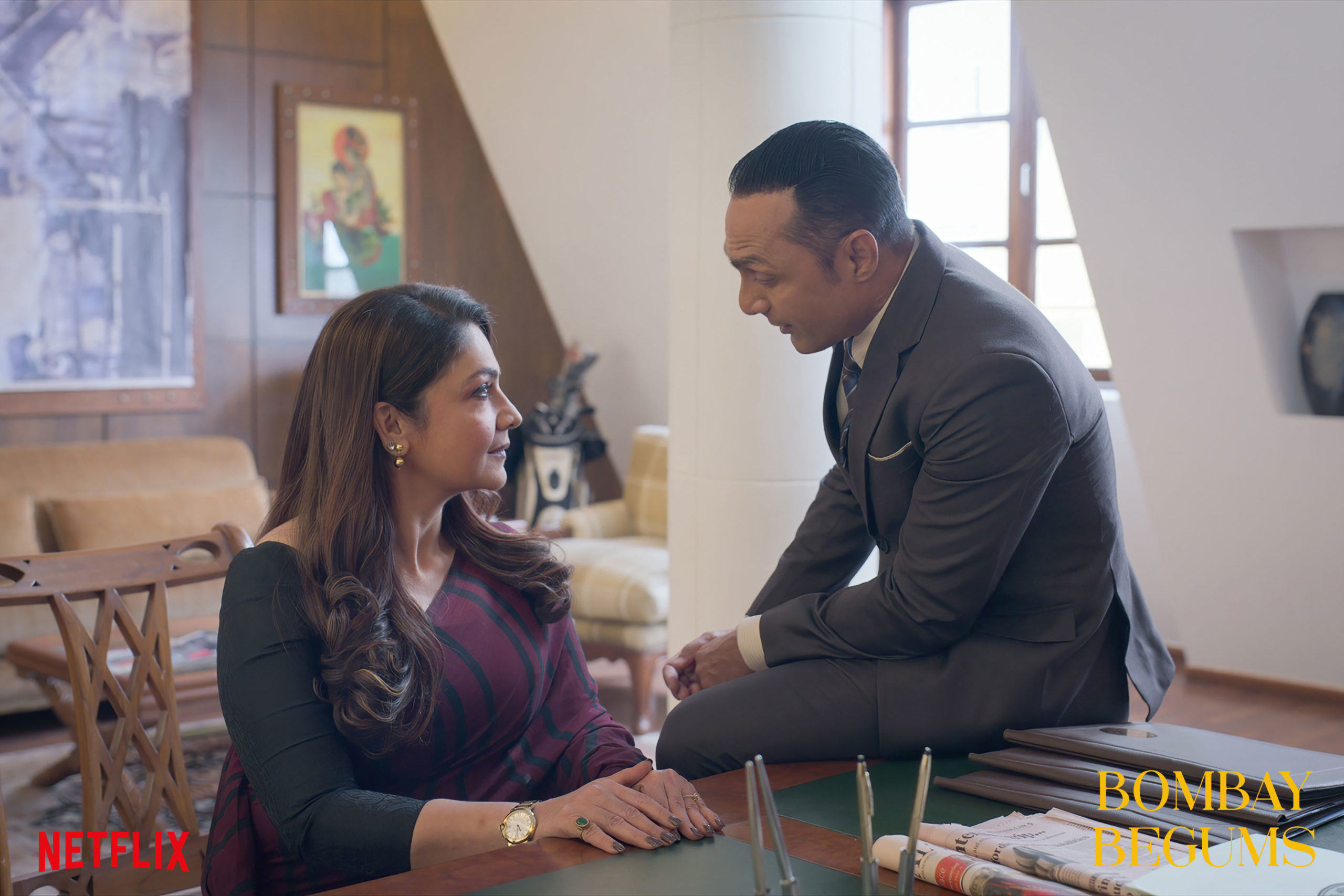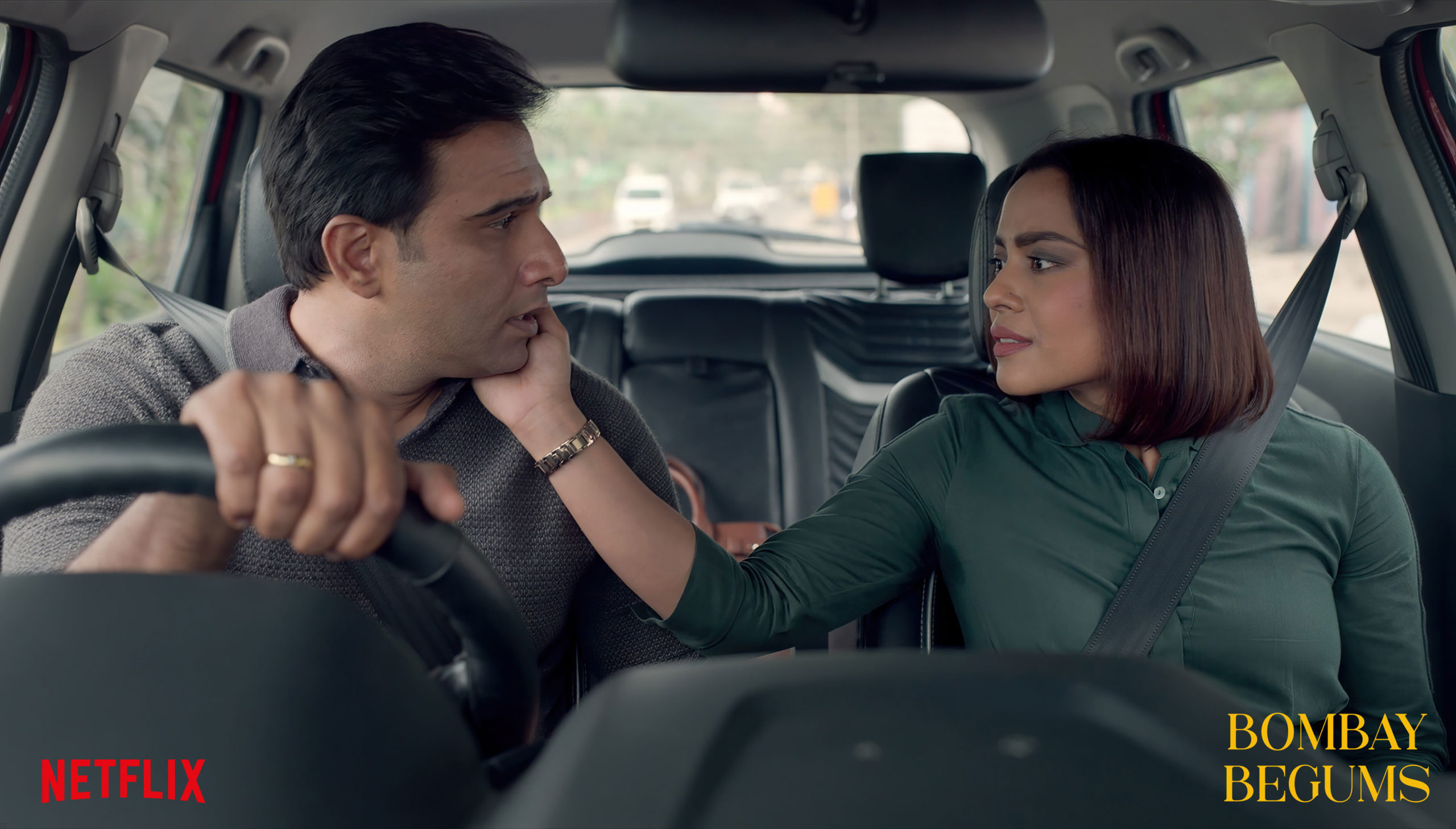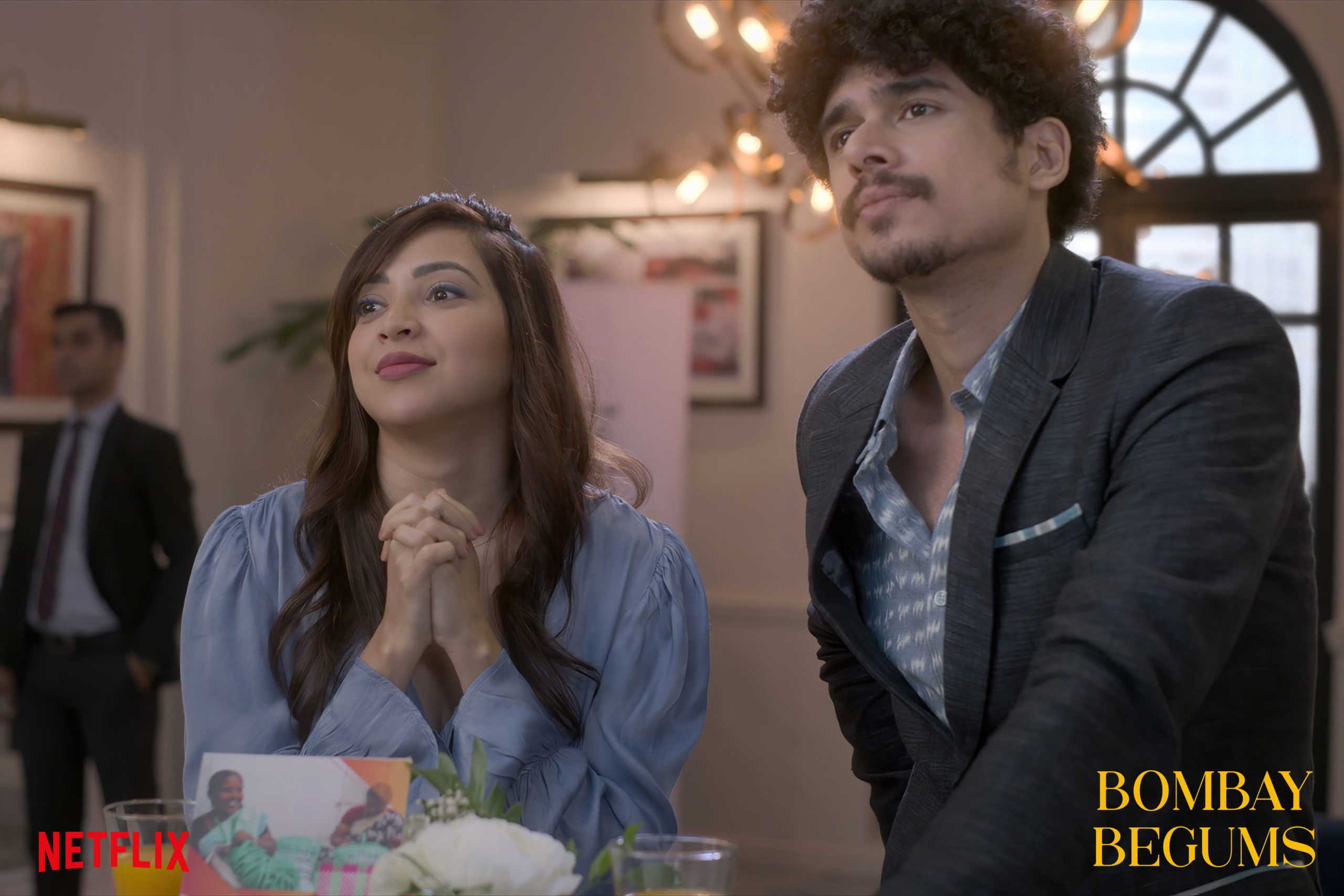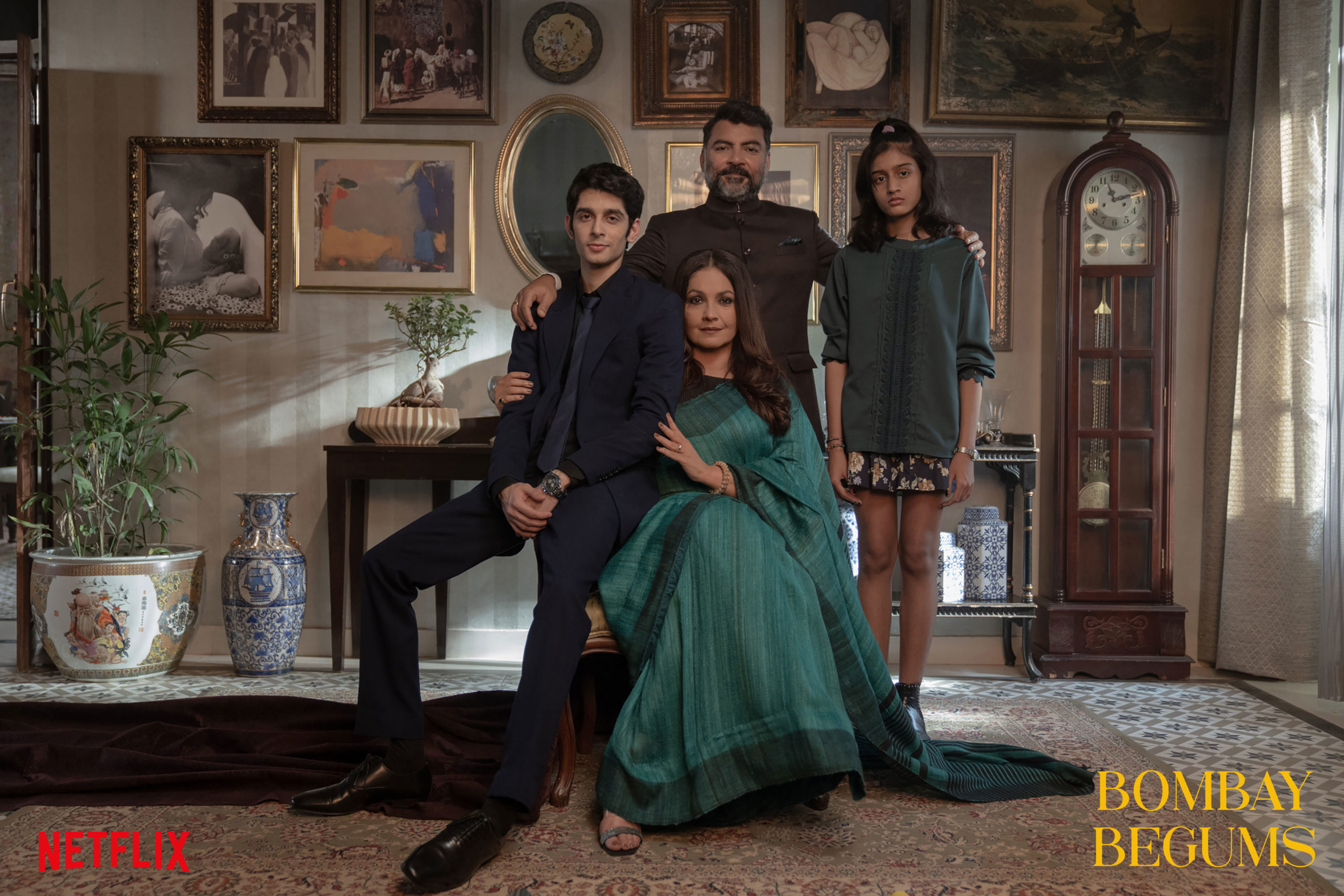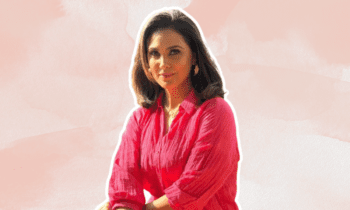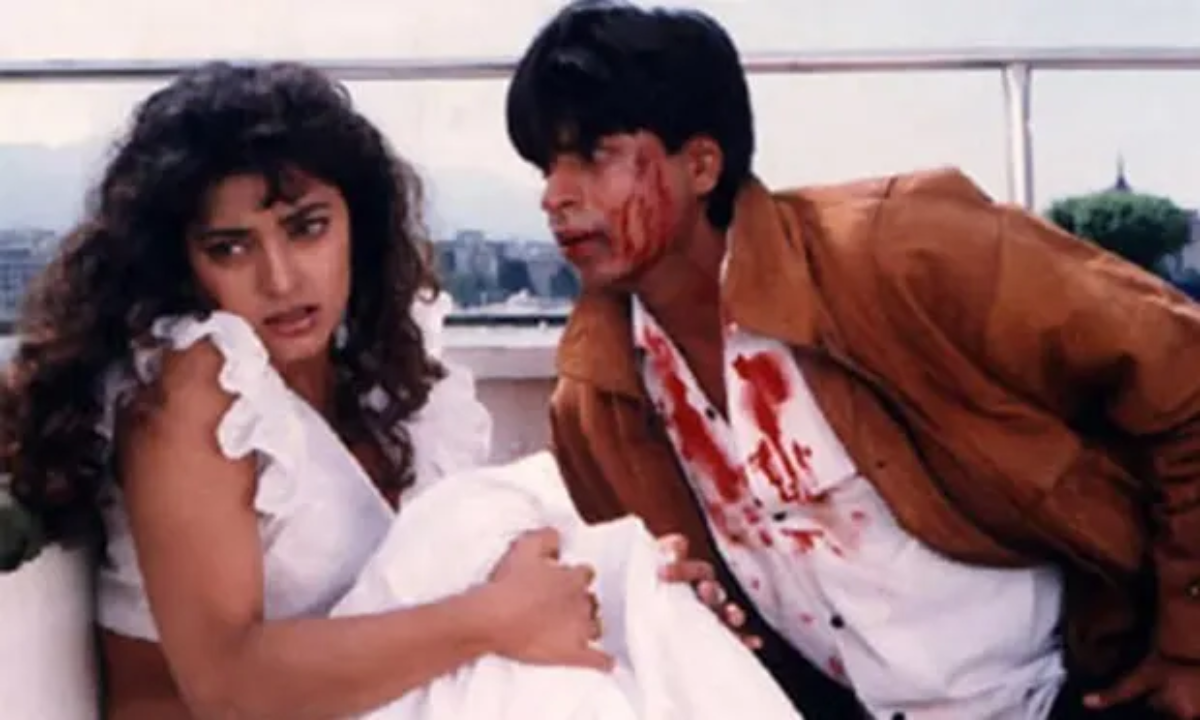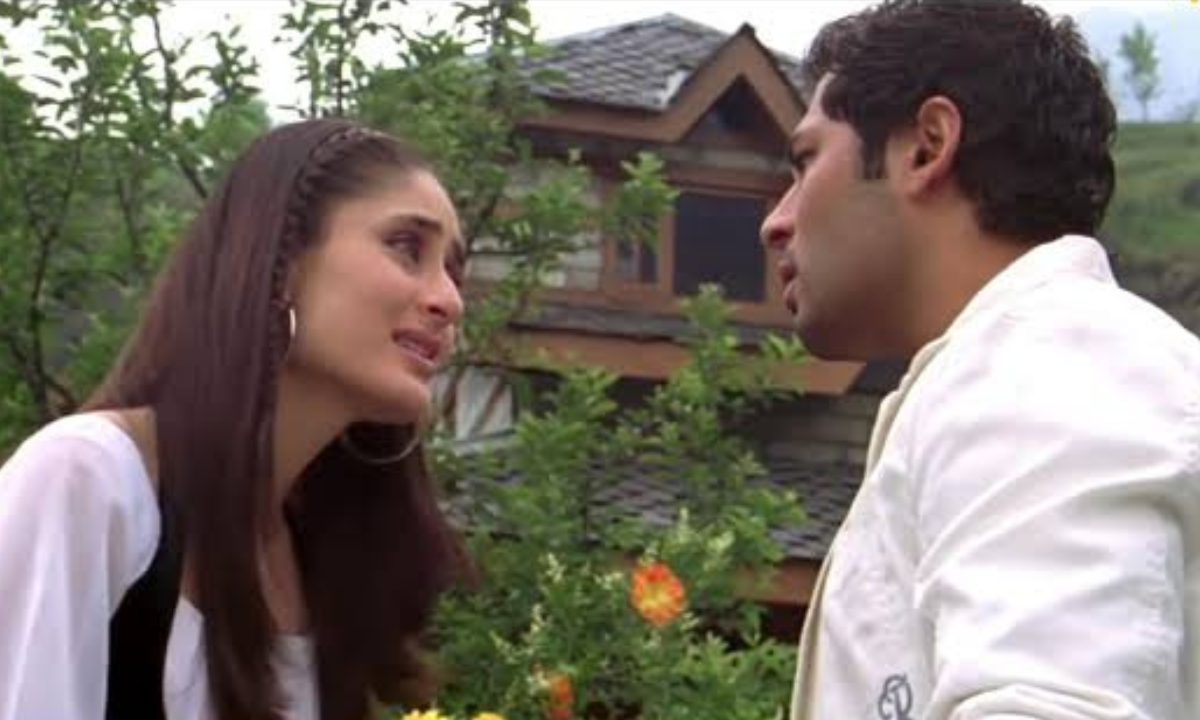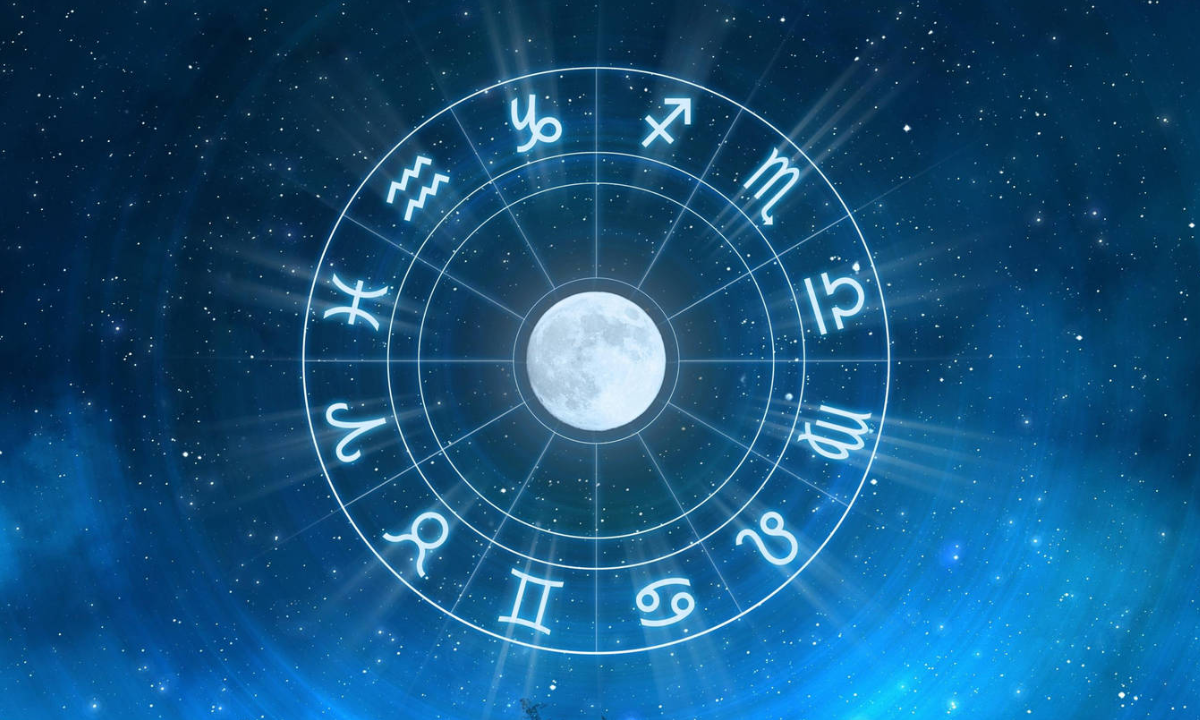Bombay Begums Review: Flawed But Real, Just Like Women. And Ruled By Strong Performances.
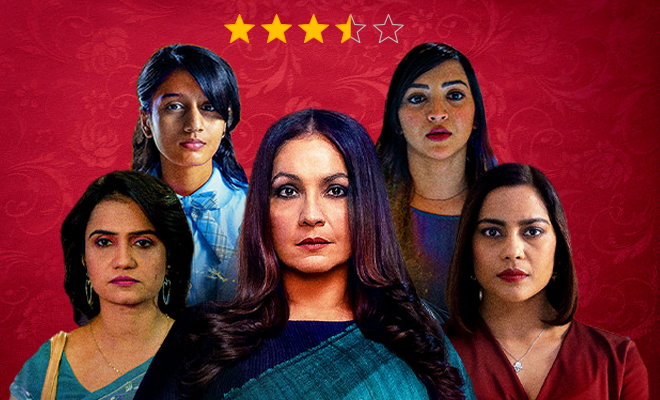
Since it’s International Women’s Day, let’s talk about women first., In my three decades of existence, I have seen how society puts men on a spectrum, but women have to be binary. A man can have any ratio of good and bad qualities, can be fifty shades of fucked up, and the society will happily say, “Mr ‘Grey’ will see you now.” But a woman can’t be grey, can she? She is either an ‘aadarsh nari’ or she is not. And this, I’ve noticed, often stretches to their onscreen characterisations as well. They’re either too good, innocent and free of vices or are ‘modern’, which means they drink, smoke, have promiscuous sex, and have to be absolute feminists. Bombay Begums on Netflix, created by Alankrita Shrivastava, directed and written by her and Bornilla Chatterjee, and starring Pooja Bhatt, Shahana Goswami, Amruta Subhash, Plabita Borthakur and Aadhya Anand, tries and succeeds to a decent extent at keeping women, and their situations, real and on spectrum.
View this post on Instagram
The six-part series, which drops on Netflix, today is the story of five women from different walks of life, ranging from ages 13 to 49. There’s 49-year-old Rani (Pooja Bhatt), the newly appointed CEO of a bank, a wife living in the shadow of her husband’s first wife, and a stepmother struggling to be accepted as a mother by her children. Fatima is an ambitious woman in her 30s, in an interfaith marriage, is her husband’s boss at the bank they both work in, and about to face the ‘motherhood or promotion’ dilemma in her life. Working under her is bright-eyed small-town girl Ayesha, in her 20s, and excited to begin her journey in the city of dreams that just won’t let her rent a house because she is single. Along with the city, and different job profiles at the bank, she is also exploring her sexuality.
Not an employee but with her story heavily entwined with that of the bank and with Rani, is a slightly younger Lilly. She was once a queen too, a famous bar dancer, but now driven to prostitution when the once popular dance bars of Mumbai shut down. Because she is also mother raising a bright child the society won’t see because her mother’s past tarnishes his light. And finally, we have 13-year-old Shai, Rani’s stepdaughter who misses her dead mother, a teenager who uses her art to express her every emotion from her crush on a boy to the terrible void she feels after her birth mother’s passing.
Shai is also the narrator of the lives of these Begums, living in different corners of Mumbai and dealing with some very real issues that plague women—hormones, changes in a women’s bodies due to age, their agency, their sexuality, ambition, gender bias, classism, sexual harassment in the workplace and respect and dignity. The men in their lives are played by Danish Husain, Rahul Bose, Vivek Gomber, Imaad Shah, and Manish Chaudhary.
Bombay Begums subverts some cliché tropes many
When I reviewed the Bombay Begums trailer, my main concern was that we’ve seen much done with these characters and these kind of stories about women. Would there be something new to turn around with the same old?
For example, I thought Fatima’s storyline was a bit too cliché. And perhaps, we’ve seen the whole small-town girl experiencing the horrors of big city’s exploitative work culture enough, in fact in Alankrita Shrivastava’s own Dolly Kitty Aur Woh Chamakte Sitare. And of course, a powerful and ambitious woman being sexually promiscuous, haven’t we seen that before?
Without dropping any spoilers, Bombay Begums did surprise me on several occasions where it chose to subvert some tropes that we’ve seen most women’s stories fall for on screen. But a woman earning more than a man didn’t end up being much of a problem, until it was complicated with another. I even liked how the whole ‘stepmother’ situation was handled, because that’s one trope that is often either black or white, never in the middle. But this one depicted a balance, a volatile one that could easily be toppled, but a balance nonetheless.
I also think not making the men control how these women react or do what they do was a good move. Characters like Imaad Shah’s and Danish Husain’s were different and always left me guessing what they would do or how they’d react to the women in their lives.
Similarly, the complexities of a woman coming to terms with being sexually harassed didn’t instantly become a crusade for justice. It went through some real complications, and had to fight some real biases that are often happening offline in a #MeToo story that we don’t get to know about.
One of the best parts about Bombay Begums is that, unlike any Indian shows before it, it pays attention to women’s bodily changes. There’s a decent effort to highlight menstruation, menopause, miscarriages, puberty, and how perceptions change when women undergo these changes. A lot of women’s decisions get blamed on hormones superficially, but I’m glad we’re trying to finally show why and how these hormones affect us and how major that effect can be.
Also Read: 5 Thoughts I Had About Netflix’s ‘Bombay Begums’ Trailer: Pooja Bhatt And The Begums Exude Power And We’re So Ready
However, the show’s reign is thwarted by some typical Indian storytelling drawbacks
One of the biggest problems with women-centric stories (hate the phrase, but using it for argument’s sake) is that there are some tropes they just can’t shake off. I saw a lot of that happen in Dolly Kitty, and it gets repeated in Bombay Begums too.
For example, why does a woman have to find her ‘zone’ or her ‘freedom’ through promiscuous sex only? Can she, I don’t know, take up a hobby or take a solo trip or start an art blog? Do all modern women have to drink and smoke? Do teenagers from dysfunctional families have to get into drugs and bad company? And does the journey to the top for a woman need to have been paved with bad experiences?
I mean I get it, these things happen, but I want to see some normal people problems too. And while we hail the portrayal of real, we must also balance it out with some aspirational. I would’ve loved to see some positive handling of mental health issues, perhaps by seeking help.
Towards the end, the show seems to both get slower, but also feel like it’s trying to neatly wrap things in a bow. Rani’s revelation is another trope about women in powerful positions that I think could’ve been avoided. It would’ve been an even more powerful statement had she done what she wanted to take a stand, and not because she had a similar experience to draw from. That’s when it gets a bit preachy and Bollywood-esque, especially the final moments when all the lines separating them just disappear in a jiffy. And while, yes the Begums make mistakes, I do wish that they did got called out for it a little more and probably had more consequences to face for their actions, some of which are rather reckless and would be much harsher in reality.
What also might be adding to that preachiness is the narration, which can get a tad overpowering and pompous at times.
Bombay Begums’ female characters are flawed. And that’s okay, because IRL, feminism isn’t perfect either
There’s this line that Pooja Bhatt as Rani utters in Bombay Begums, that the world is waiting for us to fail. And my god, isn’t that true? I love how Rani is so unperturbed on the outside, while inside she might be breaking down. Because women really have to master that composure since childhood.
You could easily say that the characters are the true monarchs of this story, because they’re on a spectrum. The Begums, for example, aren’t always in the right. They use dubious means to get where they want to, like Rani and Lilly. They make mistakes, and even put each other down while falling prey to classism and years and years of ingrained patriarchy, like Ayesha and Fatima. They’re not always courageous and strong, and they may wear their heart on their sleeve despite living in a world that tells them to hide their feelings, like Shai.
But I didn’t mind that because after fighting my own battles and seeing my fellow women do it too, I’ve understood that feminism isn’t absolute or perfect. It can’t be at this point because the game is just to rigged against us. You can’t just wake up one day, and think you’ll successfully eradicate every bit of that ingrained patriarchy from your body. No, that doesn’t happen overnight.
What we women can do then, is stumble, falter, make mistakes and learn from them while refining our feminism on the way. It’s going to be a journey, and that’s okay. I like that Bombay Begums doesn’t shy away from letting its characters take this journey. It makes them relatable. I mean, I myself am against things like Karwa Chauth repurposed with ‘woman’s choice’ as feminism. But apparently, that’s how most women my age see these traditional rituals as a symbol of love. So I guess, we’re keeping it real?
And Bombay is one of those female characters….
Believe it or not, I’ve always thought of Delhi as this macho city that loves to flaunt its money and riches. While Mumbai is this bindaass, bold yet classy woman, much like the jazz singer that Ayesha is instantly mesmerised with but can’t really keep up with.
And the Bombay in Bombay Begums is as flawed as its other female characters. Weirdly, we don’t see much of Bombay in the show, because it takes place a lot indoors, with its plush office interiors that look a little unreal to me. Or clubs and homes that again don’t feel lived in or like homes.
But I do get why Mumbai was chosen—as a Mumbaikar myself, I feel the safety it accord to women, which is what makes me absolutely afraid to move to any other part of this country, particularly the capital. The banking industry being one that many working women are partial to because it offers a steady job with standardised pay is perhaps another good reason to base the show in the financial capital. But I also like the paradox of having a female bank CEO because that instantly becomes a question about how well women can handle power and money. Of course, Lilly’s bar dancer could’ve only be based in Mumbai too.
Bombay Begums is ruled by strong performances from its cast
This is one place where my trailer predictions held completely on point. Pooja Bhatt as Rani was power indeed. The vulnerabilities of a queen cornered and constantly fending off usurpers was brilliantly portrayed by her. Shahana Goswami expectedly put her best foot forward and did not disappoint as Fatima. Her chemistry with the equally earnest Vivek Gomber felt so familiar and natural, that I rooted for them, hard. Another reliable player is Manish Chaudhary, who seems to have down pat these negative characters who genuinely believe in their entitlement. Plabita Borthakur and Aadhya Anand were the surprise packages for me, because I haven’t seen much of their work before, and thought they played Ayesha and Shai so well. But Amruta Subhash as Lilly just takes the cake! The scenes where she is uninhibitedly dancing, or throwing her weight around are some of my favourite scenes. She easily has the best dialogues in the show, which seem a tad more organic than the ones that Bhatt has to deliver.
As for Danish Husain and Rahul Bose, their role were important but felt too small to make an impression. Though I guess, they did what they usually do quite well?
Also Read: EXCLUSIVE! Shahana Goswami Talks Bombay Begums, Working With Vivek Gomber, And The Impact Of #MeToo On The Industry
Verdict: Despite the flaws, it’s a “Yaas Queen!” from me!
I binged watched Bombay Begums in one night, which attests to the fact that it is indeed unputdownable, grips your attention and keeps you invested in the stories of these five city women and their rather relatable struggles. Everything else, in my experience, is often secondary.
Alankrita Shrivastava’s ‘Bombay Begums’ retains the imperfections in its feminism, because that’s how it is in real life. Women aren’t binary—good or bad. Orthodox or modern. Misogynists or feminists. They’re simply playing a game rigged against them, to the best of their abilities. The spectrum of characters are the true monarchs of this story, which is ruled by strong performances by the Begums and the supporting cast. So despite it’s flaws, it’s a “Yaas Queen!” from me!
Bombay Begums is currently streaming on Netflix.
https://thehauterfly.com/culture-2/things-women-really-want-men-to-do-on-international-womens-day/





